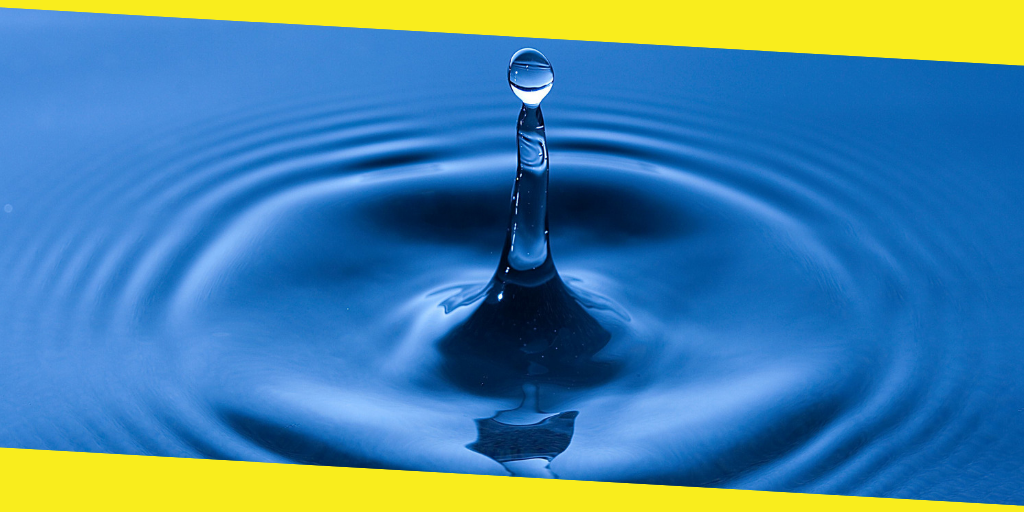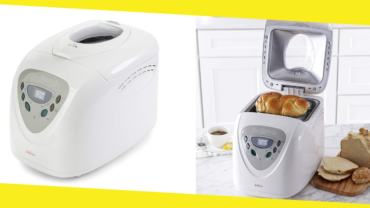Water Treatment and Its Different Methods
This post was last updated on February 26th, 2024

There are several ways and methods to treat water and thus eliminate undesirable components. There are types of water treatment that are not so expensive, some friendly to the environment and others not so much. The population of the world has an accelerated growth, which makes it necessary that, every time there is more water treated for consumption and that every day, there are many more countries and companies concerned in this matter.
In many parts of the world, water before arriving at homes and companies where it is used receives treatment with different purifying methods or elimination of some or all of the pollutants found in the wastewater, so that later it can be used.
The waters that receive treatment can be industrial, urban and even of the same nature, since it may contain chemical compounds not suitable for health.
The wastewater that is treated can be used for human consumption, irrigate crops, in the industry as virtual water or simply to reinsert it into water courses without contaminating it, thus having constant recycling.
Contents
ToggleDifferent methods of water treatment
The water treatment has different methods that are used depending on the use that you want to give the water. Then the different methods or types of water treatment.
Primary roughing method:
Pollution is one of the most common wastewater problems of urban origin and the primary roughing method manages to leave plastics, bottles, papers and other items in a container. It is made by means of medium-sized grids, through which the water is passed, eliminating the large elements.
Filtered by membranes:
Membrane filtration is a method of water treatment that causes water to pass through filters of different sizes, eliminating undesirable components. Filtration membranes are usually cataloged according to their size.
Ultra-filtration:
The size of the pores is smaller ranging from 0.01 to 0.1 microns, in this type of filtration it is possible to eliminate bacteria and viruses effectively.
Micro filtration:
The pores range from 0.1 to 1 micron and eliminate the viruses and bacteria that ultrafiltration failed to retain.
Activated carbon action:
In the treatment of water the action of activated carbon filters is very efficient to remove heavy solids and also makes it possible to eliminate unpleasant odors, cloudy color and excess chlorine by chlorination processes.
Recommended: 10 Advancements In Water Treatment Technology
Descaling method:
There are places in the world where water has large amounts of lime, due to different factors such as that in the water courses there are large amounts of limestone. The lime makes the water have a high hardness, which can bring problems not only in human health, but also, the lime is stored in appliances that use water and over time can damage them. The water treatment with the decalcifying method eliminates said component and, therefore, eliminates the hardness of the water.
Chlorine treatment:
Adding chlorine to water makes it possible to eliminate certain bacteria and viruses that can be harmful to human health.
Ozone treatment:
Many scientists say that the treatment of water with ozone is more efficient than chlorination because it eliminates in 99.9% the bacteria and viruses that chlorine cannot eradicate.
If you don’t want to try all these methods then global hydration is the best solution for you because global hydration provides you to different systems of water treatment global hydration helps you to select the best water treatment plants for your project for more information visit the global hydration.
Recommended For You
Best Bread Maker in 2019
Most Inside
Most Inside offers high-quality recommendations and valuable updates to enhance all aspects of your life, providing premium guidance and enriching experiences.




